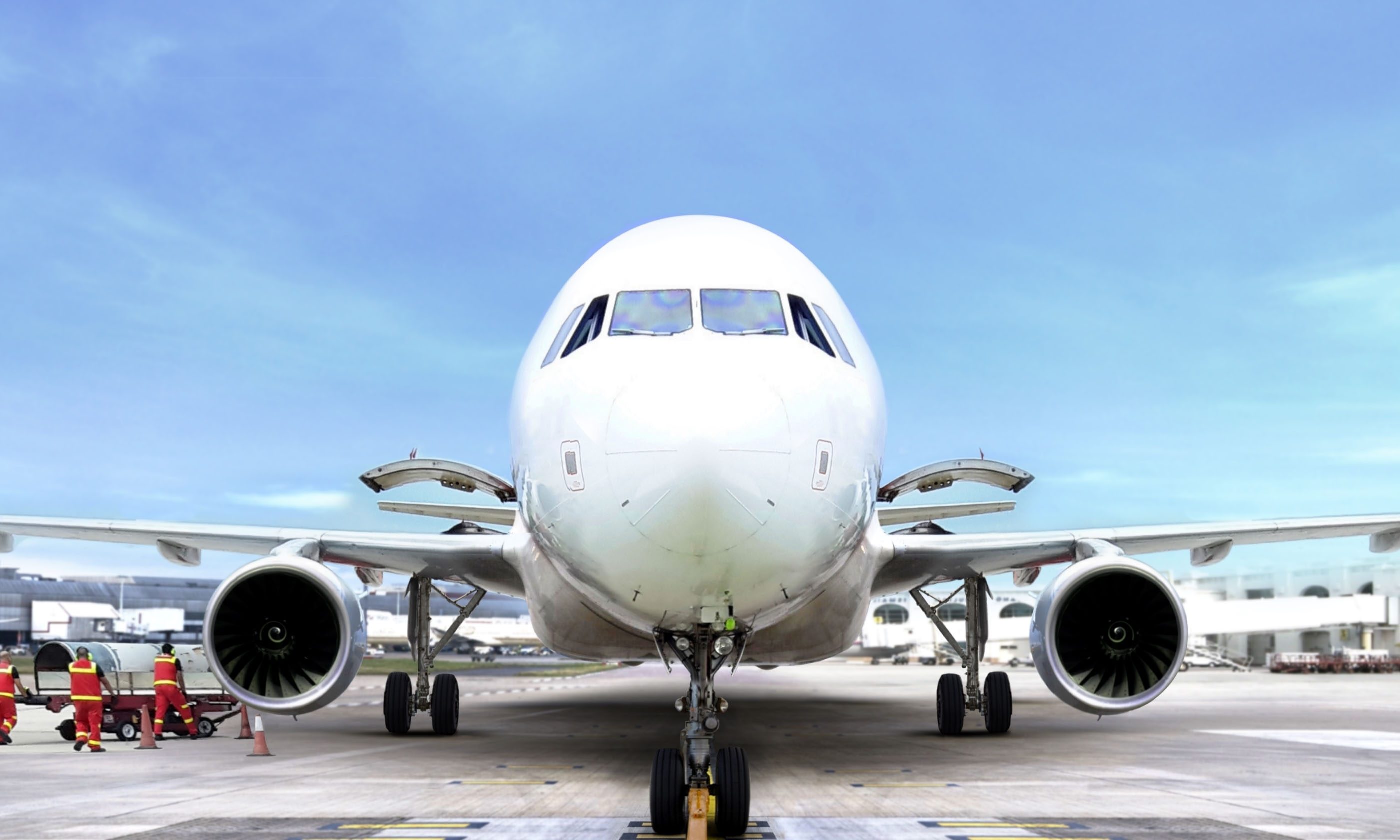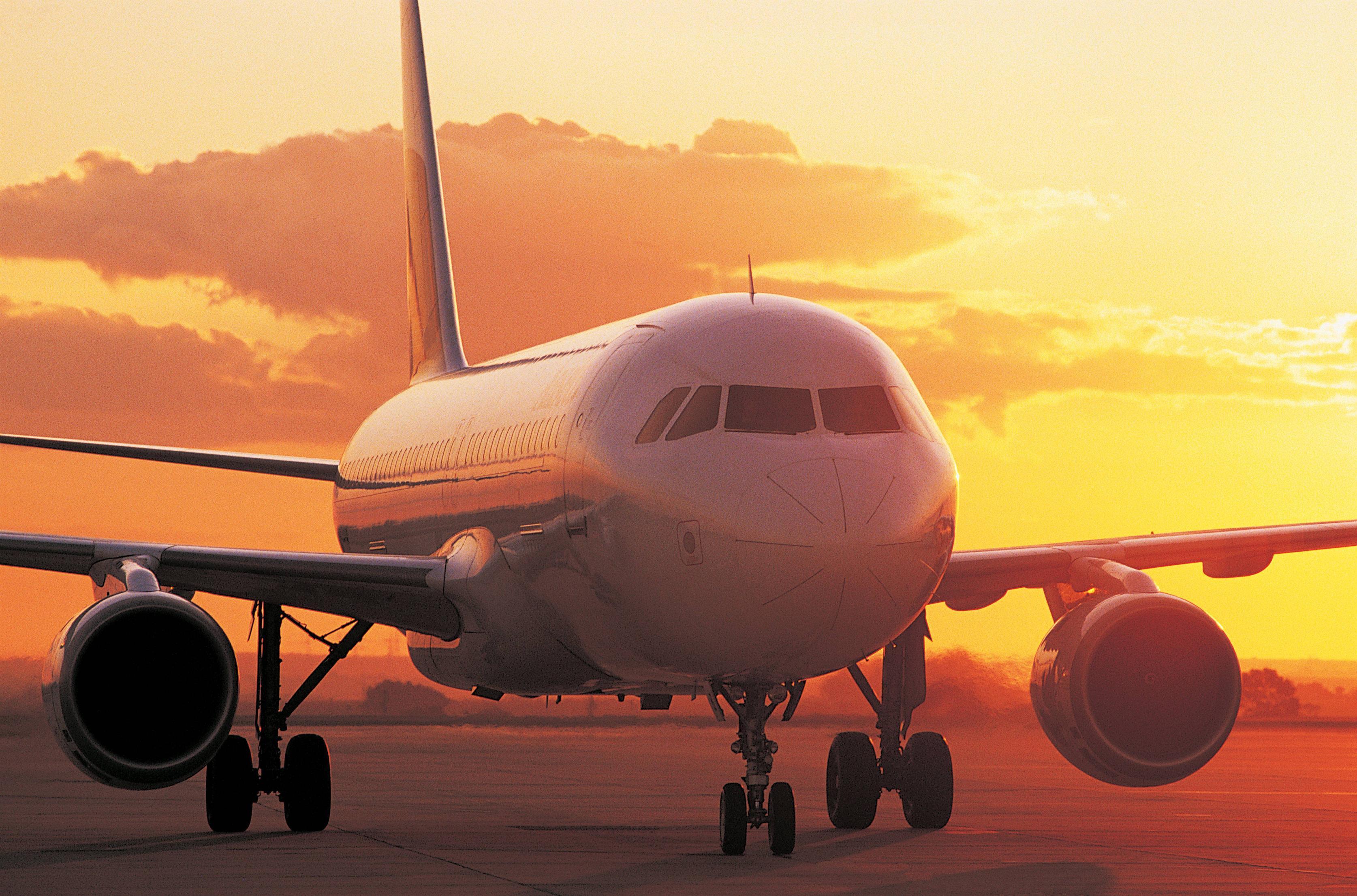Passenger Plane History and Evolution

The journey of passenger aviation spans over a century, marked by remarkable advancements in technology and design. From the early days of fragile biplanes to the sophisticated, high-capacity aircraft of today, the evolution of passenger planes has revolutionized global travel and connectivity.
Early Days of Passenger Aviation
The origins of passenger aviation can be traced back to the early 20th century. The Wright brothers’ first successful flight in 1903 marked the dawn of a new era in transportation. However, the initial years saw rudimentary aircraft with limited passenger capacity and safety features.
- One of the first commercial passenger flights took place in 1914, using a Benoist flying boat. These early aircraft were primarily used for short-distance travel, and the experience was far from comfortable, with limited amenities and exposed cabins.
- The development of the first successful passenger plane, the De Havilland DH-4, in 1918, marked a significant milestone. It was a biplane with a capacity of four passengers and was used by the US Postal Service for airmail delivery.
- The 1920s witnessed the emergence of airlines like KLM and Pan Am, further accelerating the growth of commercial passenger aviation. These early airlines operated primarily in Europe and North America, offering scheduled flights to a limited number of destinations.
The Rise of Jet Engines and Wide-Body Aircraft
The introduction of jet engines in the mid-20th century revolutionized passenger aviation.
- The De Havilland Comet, the first commercial jet airliner, was introduced in 1952. However, early jet aircraft faced challenges with safety and reliability.
- The Boeing 707, introduced in 1958, became the first successful commercial jet airliner, offering faster travel times and greater passenger capacity. It paved the way for the development of long-haul flights, connecting continents with unprecedented speed and efficiency.
- The introduction of wide-body aircraft, such as the Boeing 747 in 1970, marked another significant milestone. These aircraft offered significantly increased passenger capacity and range, further expanding the reach of air travel.
Modern Innovations in Passenger Plane Design and Technology
Modern passenger planes are marvels of engineering, incorporating advanced technologies to enhance safety, comfort, and efficiency.
- The development of composite materials has led to lighter and more fuel-efficient aircraft. Modern aircraft like the Airbus A350 and Boeing 787 are built using lightweight composite materials, resulting in significant fuel savings and reduced emissions.
- Advanced avionics systems, including GPS navigation, weather radar, and flight management systems, have significantly improved flight safety and efficiency. These systems provide pilots with real-time information and support, enabling them to make informed decisions and navigate safely in challenging conditions.
- The introduction of in-flight entertainment systems, Wi-Fi connectivity, and comfortable seating arrangements has significantly enhanced passenger comfort. Modern aircraft offer a wide range of amenities, making long-haul flights more enjoyable and less stressful.
A Timeline of Passenger Plane Safety and Comfort Advancements
Throughout its history, passenger aviation has witnessed significant advancements in safety and comfort.
- The 1930s saw the introduction of the first air traffic control systems, improving communication and coordination between aircraft and ground crews. This marked a significant step towards reducing the risk of mid-air collisions.
- The 1950s and 1960s witnessed the development of more robust aircraft structures and safety features, such as emergency exits and inflatable slides. These improvements significantly enhanced passenger safety in the event of an accident.
- The 1970s and 1980s saw the introduction of sophisticated safety systems, including anti-skid brakes, ground proximity warning systems, and flight data recorders. These systems provided pilots with crucial information and warnings, reducing the risk of accidents.
- The 1990s and 2000s saw further advancements in safety technology, including the development of collision avoidance systems and enhanced communication networks. These innovations have significantly improved the overall safety of air travel.
Anatomy of a Passenger Plane

Passenger planes, marvels of engineering, are intricate machines designed to transport passengers safely and efficiently through the skies. Their complex anatomy, a symphony of interconnected components, enables them to soar above the clouds and navigate the vast expanse of the atmosphere.
Fuselage
The fuselage is the central body of the aircraft, housing the passengers, cargo, and crew. It is typically a cylindrical structure, with a tapered nose and tail section. The fuselage is constructed from lightweight yet strong materials such as aluminum alloys, composites, and titanium, ensuring both structural integrity and aerodynamic efficiency. The fuselage’s primary function is to provide a pressurized and comfortable environment for passengers and to house the essential systems of the aircraft.
Wings
The wings are the primary lifting surfaces of the aircraft, generating the aerodynamic force that allows the plane to take off and stay aloft. Wings are designed with a specific airfoil shape, which is a curved profile that creates lift when air flows over it. The wings are attached to the fuselage and extend outward, creating a wingspan that determines the aircraft’s stability and maneuverability.
Engines
Engines are the powerhouses of the aircraft, providing the thrust needed to propel the plane through the air. Modern passenger planes typically use jet engines, which operate on the principle of jet propulsion. Jet engines draw in air, compress it, ignite it with fuel, and then expel the hot gases at high velocity, generating thrust. The engines are mounted on the wings or the tail, depending on the aircraft design.
Tail
The tail assembly comprises the vertical stabilizer, horizontal stabilizer, and rudder. The vertical stabilizer provides directional stability, preventing the aircraft from yawing (turning sideways). The horizontal stabilizer provides longitudinal stability, preventing the aircraft from pitching (nosing up or down). The rudder is a movable control surface on the vertical stabilizer that allows the pilot to steer the aircraft.
Landing Gear
The landing gear is the retractable system of wheels that supports the aircraft during takeoff and landing. The landing gear is designed to absorb the impact of landing and to provide stability during taxiing. It is retracted into the fuselage or wings during flight to reduce drag and improve aerodynamic efficiency.
Passenger Plane Operations and Safety

Passenger plane operations encompass a complex and meticulously orchestrated process that ensures the safe and efficient transportation of passengers. From the initial stages of boarding to the final touchdown, every aspect of a flight is governed by stringent regulations and protocols designed to prioritize passenger safety.
Stages of a Passenger Flight
A passenger flight can be divided into several distinct stages, each with its own set of procedures and responsibilities:
- Pre-Flight: This stage begins with the arrival of the aircraft at the gate, where ground crew performs pre-flight inspections and prepares the aircraft for boarding. Passengers check in, receive boarding passes, and proceed through security checkpoints.
- Boarding: Passengers board the aircraft in an organized manner, following instructions from flight attendants. They stow their carry-on luggage and settle into their seats.
- Taxiing: Once all passengers and crew are on board, the aircraft is pushed back from the gate and taxies to the runway. This process is guided by air traffic controllers who coordinate the movement of aircraft on the ground.
- Takeoff: The aircraft accelerates down the runway, gaining speed and lift until it becomes airborne. The takeoff phase is a critical part of the flight, requiring precise control and coordination from the pilots.
- Cruise: After reaching a safe altitude, the aircraft enters the cruise phase, where it flies at a constant speed and altitude. This is typically the longest part of the flight, and passengers can relax and enjoy the journey.
- Descent: As the aircraft approaches its destination, the pilots initiate the descent, gradually reducing altitude. This process involves communication with air traffic control to ensure a safe and efficient landing.
- Landing: The aircraft approaches the runway at a controlled speed and angle, gently touching down and slowing to a stop. The landing phase requires precise maneuvering and coordination from the pilots.
- Taxiing to the Gate: After landing, the aircraft taxies to the designated gate, where passengers disembark and the cycle begins anew.
Roles and Responsibilities, Passenger plane
Several key personnel play crucial roles in ensuring the smooth and safe operation of a passenger flight:
- Pilots: Pilots are responsible for the safe operation of the aircraft, from takeoff to landing. They are highly trained professionals who undergo rigorous training and licensing requirements. Pilots monitor the aircraft’s systems, communicate with air traffic control, and make decisions based on weather conditions and other factors.
- Flight Attendants: Flight attendants are responsible for the safety and comfort of passengers during the flight. They provide pre-flight safety briefings, assist passengers with their needs, and ensure that safety procedures are followed in case of emergencies.
- Air Traffic Controllers: Air traffic controllers are responsible for the safe and efficient flow of air traffic. They direct aircraft movements, provide guidance to pilots, and ensure that aircraft maintain safe distances from each other.
Safety Regulations and Procedures
Passenger aviation is governed by a comprehensive set of regulations and procedures designed to ensure the highest level of safety. These regulations are enforced by national and international aviation authorities, such as the Federal Aviation Administration (FAA) in the United States and the European Union Aviation Safety Agency (EASA).
- Aircraft Certification: All aircraft used for commercial passenger flights must undergo rigorous certification processes to ensure they meet safety standards. This involves extensive testing and inspections to verify the aircraft’s structural integrity, performance, and safety features.
- Pilot Licensing and Training: Pilots must obtain licenses and undergo extensive training to meet stringent competency requirements. They are required to undergo regular recurrent training to maintain their skills and knowledge.
- Maintenance and Inspections: Aircraft undergo regular maintenance and inspections to ensure their continued airworthiness. These inspections cover all aspects of the aircraft, from engines and avionics to the fuselage and wings.
- Safety Procedures: Airlines have comprehensive safety procedures in place to address a wide range of potential hazards. These procedures cover everything from emergency evacuations to dealing with medical emergencies.
- Security Measures: Airports and airlines implement stringent security measures to prevent acts of terrorism and other security threats. These measures include passenger screening, baggage inspections, and enhanced security protocols.
Airline Safety Features and Protocols
Airlines vary in their safety features and protocols, but all adhere to strict regulatory requirements. Some airlines may have additional safety features or protocols that go beyond the minimum standards.
- Safety Equipment: All passenger aircraft are equipped with essential safety equipment, such as emergency exits, oxygen masks, life rafts, and fire extinguishers. The specific equipment may vary depending on the aircraft type and the airline’s policies.
- Emergency Procedures: Airlines have detailed emergency procedures for a variety of situations, including engine failure, cabin fire, and medical emergencies. These procedures are regularly practiced by flight attendants and pilots during training exercises.
- Safety Culture: Airlines with a strong safety culture prioritize safety in all aspects of their operations. This includes a commitment to open communication, continuous improvement, and a proactive approach to safety.
Passenger planes are incredible feats of engineering, soaring through the skies with thousands of people on board. But while these metal birds carry us across continents, we’re often left wondering who’s winning the race to the top, especially when it comes to political battles like whos winning in the presidential debate.
Just like a plane needs a skilled pilot to navigate, our leaders need strong leadership to guide us through turbulent times. So, buckle up and watch the political skies, because the journey is just beginning!
Imagine soaring through the clouds in a passenger plane, a world of possibilities stretching out before you. This feeling of boundless opportunity is much like the anticipation surrounding the September presidential debate , a pivotal moment where the nation’s future takes flight.
Just as a plane’s trajectory is influenced by the pilot’s decisions, the debate will shape the course of the upcoming election, leaving a lasting impact on the country’s journey ahead.
